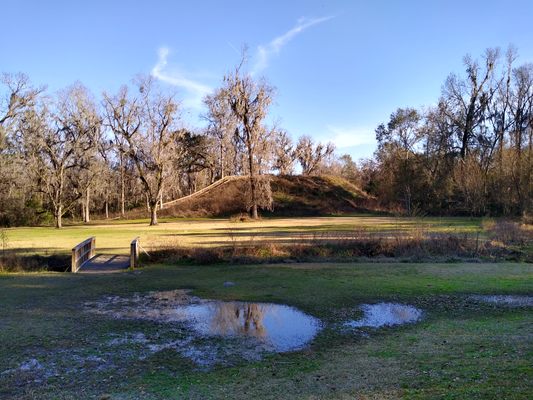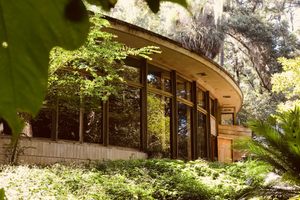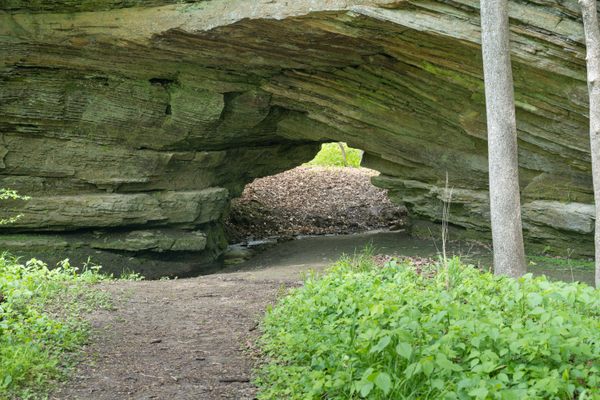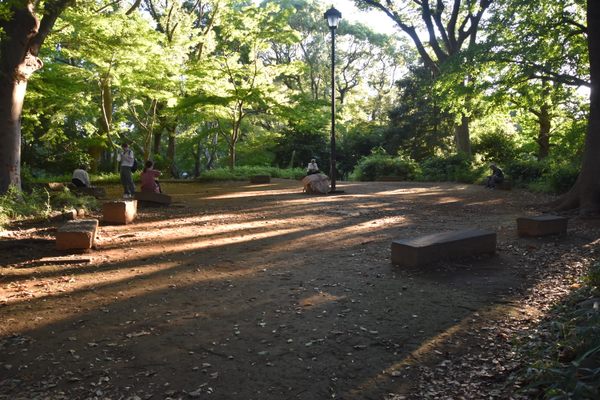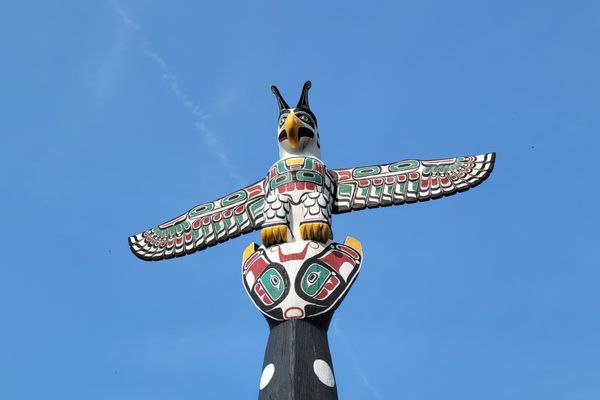About
Lake Jackson Mounds Archaeological State Park is one of several major mound sites in north Florida, and one of the richest in artifacts and history.
This site was occupied between 1000 and 1500 by the people of the Fort Walton culture. This community included ancestors of the Apalachee, Creek, Cherokee, and Choctaw Native American tribes. Until its abandonment around 1500, the site was the capital of chiefdom and the political and religious ceremonial center of what is now known as the Southeastern Ceremonial Complex, also known as the SECC. It originally included six platform mounds arranged near a plaza area, and a seventh mound located farther north. The largest mound is 278 by 312 feet, and 36 feet high. Excavations and study of the site show that construction of the mounds required skilled planning, knowledge of soils, and organization of laborers over a number of years.
Foundations of ancient villages, complex burials, earthen temple mounds, ceremonial plazas (used for gatherings featuring organized games and religious and political ceremonies) and relics have been found at the site. These excavations have pointed to the site being abandoned by around 1500, when the SECC moved to what is Anhaica (now part of DeSoto Site Historic State Park).
The land was later part of a plantation owned by Colonel Robert Butler, military officer, first surveyor general of the territory of Florida, and acting governor of East Florida for two days after Florida was ceded to the United States by Spain. Interestingly, as children, Robert Butler and his siblings were wards of Andrew Jackson, the future President of the United States. Jackson is known for making the forced relocation of Native Americans a cornerstone of his presidency, and using the Indian Removal Act of 1830 to force about 100,000 Indigenous people to leave their home and move west of the Mississippi River.
The site has been managed as a Florida State Park since 1966, and was listed on the U.S. National Register of Historic Places in 1971. Visitors to the park can view two of the remaining mounds, which have stairs leading to observation platforms at the tops. There are also numerous hiking trails, a picnic area, and historical information kiosks.
Related Tags
Community Contributors
Added By
Published
February 26, 2016







